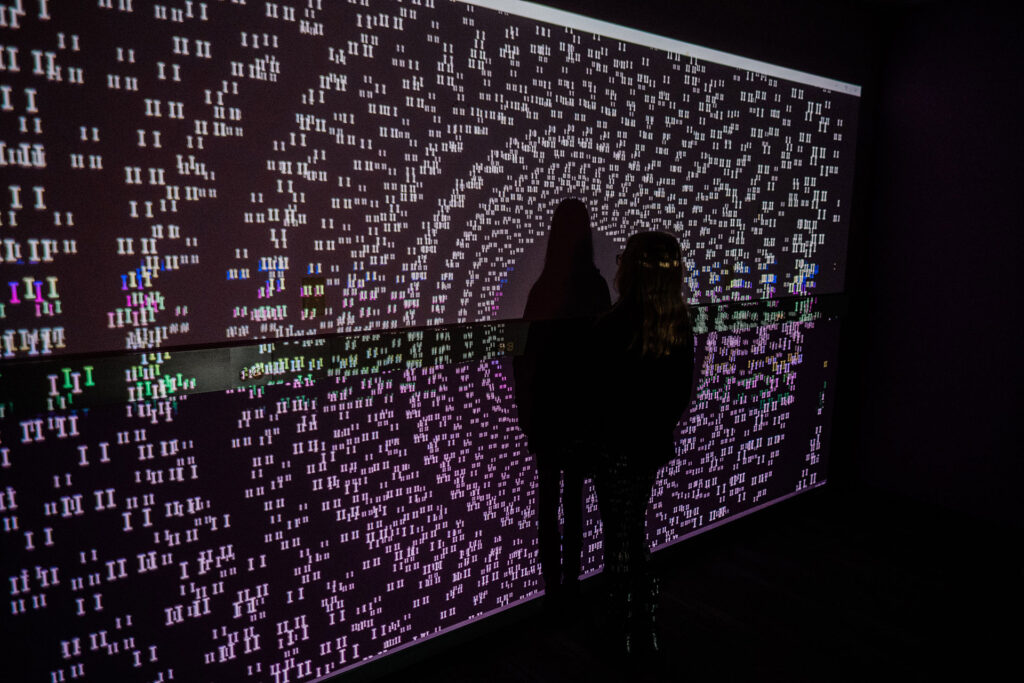ChatGPT is the latest in artificial intelligence (AI) technology. What are educators’ thoughts, opinions and current uses for it? We caught up with Jackie Tan, Maker Lab Educator at South Tahoe Middle School in California, Adam Cribbes, Assistant Principal, English and Drama teacher in Victoria, Canada, and Cameron Paterson, Director of Learning at Wesley College in Australia to get their thoughts on the matter.
How are you (or educators you know) currently using AI tools for teaching and learning?
Jackie Tan: Most teachers I know aren’t using AI tools. I personally have used ChatGPT for planning professional development sessions for teachers. I typically make a plan on my own and use AI for checking the thoroughness of my plan. AI is great at providing specific projects or directions I may not have thought of.
Adam Cribbes: At our school we are holding fortnightly sessions with staff who are interested in learning more about this space and have started experimenting. Staff are using AI to help draft communication with parents. We have staff who are using AI to write developmental rubrics and generate ideas for lesson plans. Our English team are experimenting with teaching AI how we assess and getting it to support us in identifying student errors in their writing.
Cameron Paterson: Explicitly teaching students about prompt engineering encourages them to ask better questions and to think more deeply. Augmenting Think-Pair-Share with ChatGPT is a big tech-enabled leap. Think-Pair-Share encourages students to understand multiple perspectives. ChatGPT can be integrated into this activity to provide an additional source of thought and perspective for students.
What opportunities do you see for AI tools in teaching and learning?
JT: Our school district quickly blocked ChatGPT for students and will likely continue blocking other AI. Personally, in a STEM lab, I think my students should be using AI. It could help students with ideas and techniques using STEM tools as well as building things by hand. I don’t consider using AI as cheating because my students will still need to accomplish the build. It will simply open the door for more and higher level integration of all the available tech tools.
AC: The greatest opportunity is in freeing up teacher time to focus on working with students. I believe we will be able to use AI to help us discover errors of understanding or deficiency of skill much faster than we can as teachers. Having an AI that understands all of our school policies and procedures and is able to respond immediately to parent or student information requests could free up a lot of time.
CP: While many schools are rushing to redesign assessments to make them AI-proof, other educators are lifting expectations of what AI now makes possible. By raising our expectations of what AI can produce, we can create assessments that better reflect the capabilities of the technology, allowing students to demonstrate their understanding of technology and the digital world in a way that traditional assessments could not.
What challenges do you see for AI tools in teaching and learning?
JT: I think many students will not have access and appropriate support for using AI. In my opinion, schools are stuck in an old education model. With AI tools, it’s easy to beat the old system.
AC: I think the greatest challenge for education is to not be afraid of the new technology. There is a chance that schools will put their heads in the sand and refuse to engage with this and become completely detached from how it is used in the ‘real’ world. The Large Language Models obviously put a spotlight on the practice of setting simple written tasks as a way of checking for knowledge and understanding but I see this as an opportunity to have a robust discussion about the types of assessment we are using in schools.
CP: AI can’t replicate our curiosity and creativity, but it will disrupt almost everything. In the longer term, our view of what it means to be human is going to have to change, and at present we don’t yet have mental models for such a shift. Ultimately, we may need to find meaning and purpose in something other than paid work.
Where do you go to learn, get info, find ideas about AI in teaching and learning?
JT: I follow educators on Twitter. I’m not shy about trying out new tech.
AC: Most of my learning is happening with my colleagues, our organized sessions have been a great way to share our understanding. Outside of that Twitter and LinkedIn have been flooded with articles and people sharing ideas so that is where I have been getting most of my information.
CP: Twitter, LinkedIn, and all the wonderful free webinars available at the moment, both for higher education and for school teachers.
